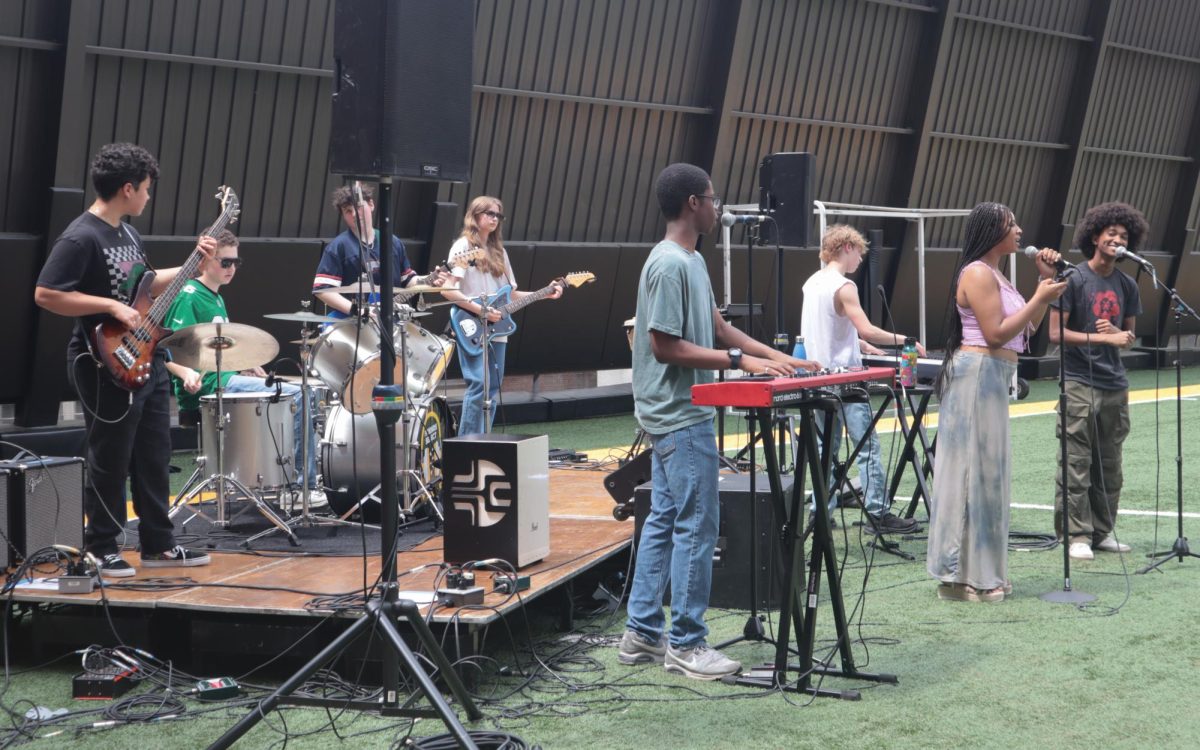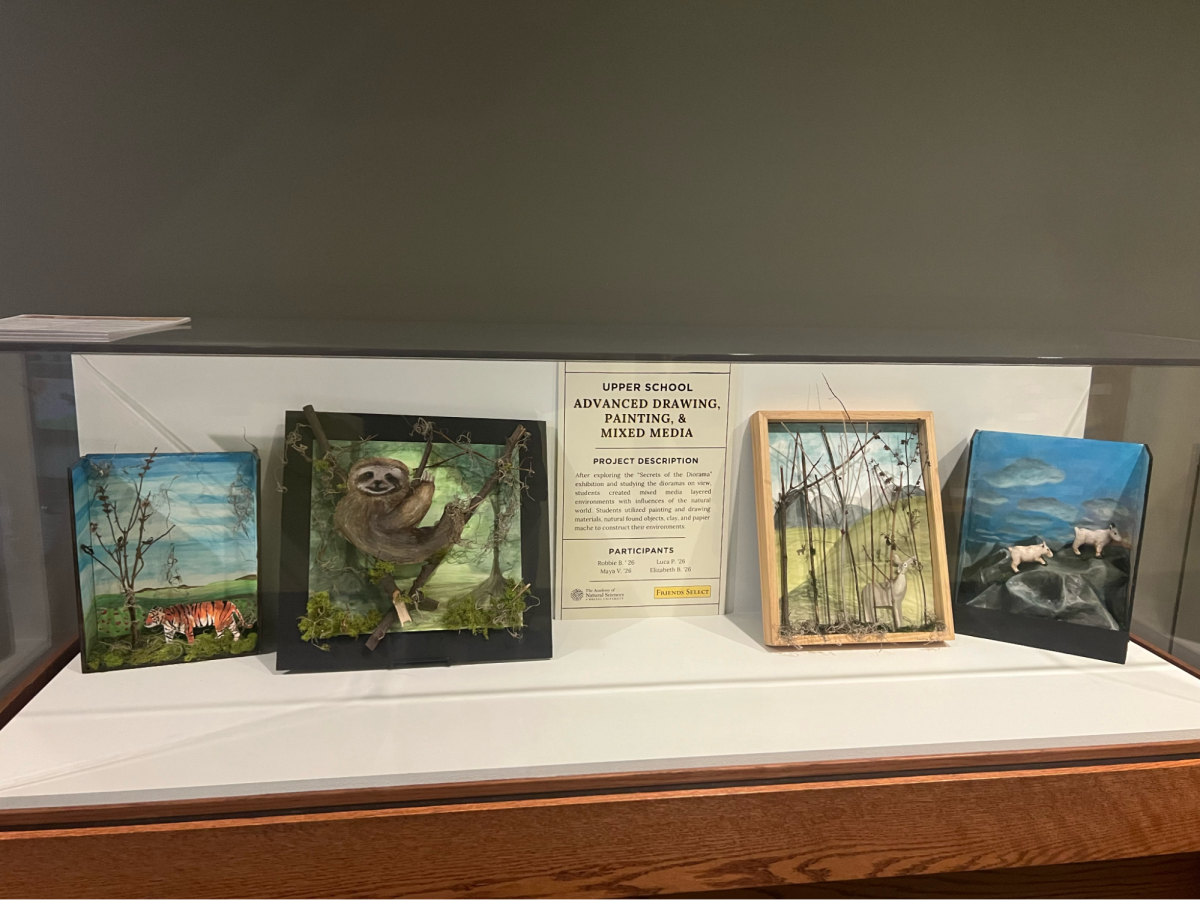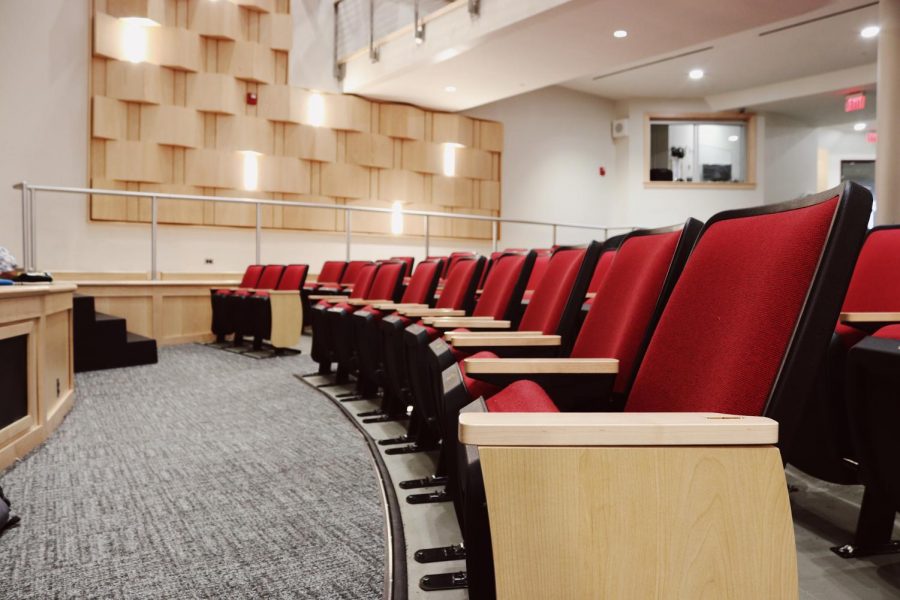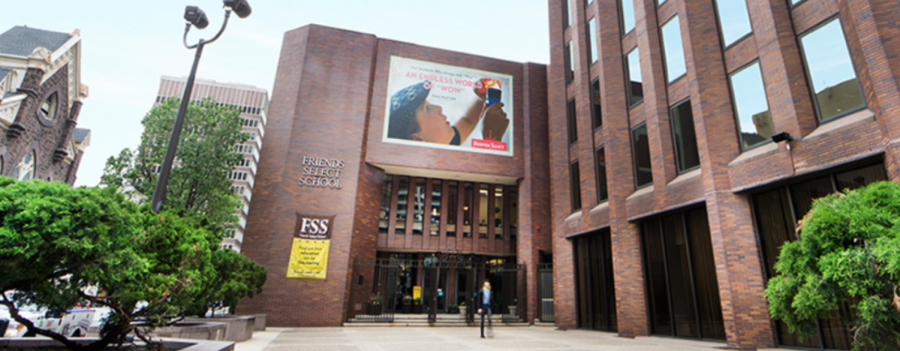Reactions to Dress Code Enforcement
Dress codes were originally enforced to assure that boys would not be distracted by girls’ bodies. The continued enforcement of these policies is a way of telling us that women’s bodies are inherently sexual and that we are responsible for the way men react to our bodies. Friends Select prides itself on the ideal that “once you walk in these doors all are equal, and you will be accepted no matter what”. How are we supposed to feel like equals when we are told to leave class and put a sweatshirt on? How are we supposed to feel like equals when the dress code specifically targets girls and not boys?
As teenage girls, we are forced to walk around center city feeling uncomfortable and hyper-aware of our bodies. Our school is supposed to be a place where we can feel safe and not be sexualized. The dress code makes us feel like we have something to be ashamed of, like our bodies aren’t beautiful. Everyone should be able to dress the way that makes them feel comfortable, we should be able to express ourselves. If someone can’t handle seeing a shoulder, back, or stomach, then that issue is theirs, not ours. How are we supposed to embrace and appreciate ourselves with such restrictions?
-Jada Brand, Class of 2021 and Simone Singler, Class of 2022
Personally, I would change the dress code. The way I see it, there are two different sections of the dress code. The first section of the dress code has to do with the Quaker values of Friends Select, and prohibits clothing that includes weaponry, camouflage, and superhero imagery. The second section contains the rules about covering the body, such as not showing “too much” back, stomach, chest, or exposing bare feet. I see a few problems here — the first being how interpretable this set of rules is. Who is to say what is “too much” skin that a student chooses to show? Teachers have the ability to apply the same set of rules differently to different students, resulting in different punishments. A second problem I see is that many of the rules are biased towards what female students typically wear, rather than clothing typically worn by male students. Boys are much less likely to wear a cropped or low cut shirt and I think this underlying and outdated sexism is very prevalent in these rules. As I learned during the protest on Friday, it can be interpreted to promote a sexist culture on a broader scale. Some questions that might be posed could be: “Why is a teacher even looking at my body in that way anyway?” “Why is my decision to show my stomach distracting to other students who should be focusing on learning instead of my appearance?” and “Why is it my fault that others feel ‘uncomfortable’ or distracted when I feel comfortable with and proud of my appearance?” Another problem I see is that some rules are enforced more seriously and frequently than others are. I have seen students attend classes in outfits featuring camouflage, guns, superhero imagery, and other violent images; I have not witnessed any instance in which they have been punished. In my opinion, the “Quaker” rules are enforced very loosely and rarely commented on. However, the rules surrounding covering one’s body seem to be enforced more frequently and more strictly. I often see students, specifically females, told they are showing too much of their stomach, back, or chest, publicly shamed in front of the entire class and told to leave class to get a jacket or different shirt to cover more of their bodies. If any student is being dress coded, this should happen privately and simply. The same punishment should be given each time, and it should never happen in a public class setting. It can be humiliating to be called out for showing your body in front of your peers. The enforcement of the dress code seems to be biased as well. I have never seen a male student be dress coded, even if they walk around with their shorts pulled up high or wearing shirts incorrectly to show their chest. In some extreme instances, boys have taken off their shirts completely and never had an issue with the faculty. When I have seen a female student get called out for their clothes, I notice that this student’s body type is often different from another student who may be wearing a very similar item of clothing, and would not get called out at all. If these rules (or hopefully modified versions of them in the near future) are going to be enforced at all, they need to be done equally. I personally have not been dress coded, yet I have seen some of my friends (female students) be dress coded for showing either their bra straps or for showing “too much chest or stomach.” This said, I see that the faculty are becoming more open to change. Although some teachers did not respond well to Friday’s protest, others have said that they respect the initiative of the students. A dress code committee will be assembled for the year, and more listening sessions will be held in the following weeks. I strongly hope to see the dress code change in the near future and I am willing to get involved to make this change happen.
–Margot Schneider, Class of 2022
The issue with the midriff ban in our dress code is that it encourages misogyny and shames girls for their bodies. We aren’t protesting that we have a dress code, simply this section of the rule; all of the other current rules are in line with our Quaker values. Although the language isn’t gendered, the midriff rule is, at its very base, aimed toward girls. We haven’t yet been given a reason for this rule, except for insinuations that it’s an issue of professionalism. I would not wear a crop top to a job interview, but I also wouldn’t wear jeans, a hoodie, or sneakers, which are extremely common at our school and completely unpoliced. The only other possible reason is that boys and male teachers would be distracted by girls showing skin on this very specific section of the body. Should the school really be teaching girls, before we even step into the world as women, that male objectification is our fault and our responsibility? That we should cover ourselves so that our equals and even authority figures can do their jobs with basic competence? On Friday, I heard several apologetic teachers say that “rules are rules” and that it’s their job to enforce the dress code. I am shocked to hear teachers advocating for the polite following of the rule in the hopes that it will be fixed. The students have decided that this rule is worth breaking. It is not enough to passively support us. We want action and change. Nothing will change on its own. We learned this from your curricula, and now you’re showing us it isn’t true. Respectfully, I ask the faculty, who in the past have promoted questioning authority, peaceful protest, and gender equality: which side of history do you want to be on?
-Olivia Shuman, Class of 2021
I believe that the dress code put in place is a great way of setting guidelines that benefit the community as a whole. It helps kids learn to dress in a more formal and school-like manner. Showing lots of skin in a school setting should not be allowed at any school because of the way it can distract everyone around them and take away from the educational purpose of school. School should be a place strictly focused on learning and growing up so what good does dressing in a provocative way do? One thing that is hard for me to understand is why is it so hard to wear a t-shirt and shorts, rather than something more revealing.
–Anonymous Male, Class of 2021
Students in the Friends Select upper school should be allowed to wear clothes with camouflage and superheroes on them. These items are believed to promote and glorify violent behavior which does not align with the Quaker values of our school, but wearing a Superman shirt does not promote violence by any means; it is simply identifying with the logo of a popular franchise. Camouflage is a pattern used by the military, but it is also worn by millions of civilians every single day. It is unfair to give these designs a violent connotation because people wear them as clothes, not solely for heroic or militaristic purposes. It is unclear why these two specific subsets of clothing are singled out in the dress code. Superhero movies may include violence, but so do popular franchises like Harry Potter. However, I can wear a Harry Potter shirt to school, or even wear a Harry Potter costume to school, and I would not be violating the dress code. It is impossible to determine which franchises and patterns incite violence, and banning these specific two does not help preserve the Quaker values of our school. I suggest that the high school dress code be revised to allow camouflage and superheroes; the only items banned should be graphic imagery and messages that promote self-harm and the harming of others. At the end of the day, a Superman shirt is just a shirt and camouflage pants are just pants; there is no need to erroneously crack down on these two designs when there are more egregious and toxic messages that could be displayed.
–Jeremy Cohen, Class of 2021






















